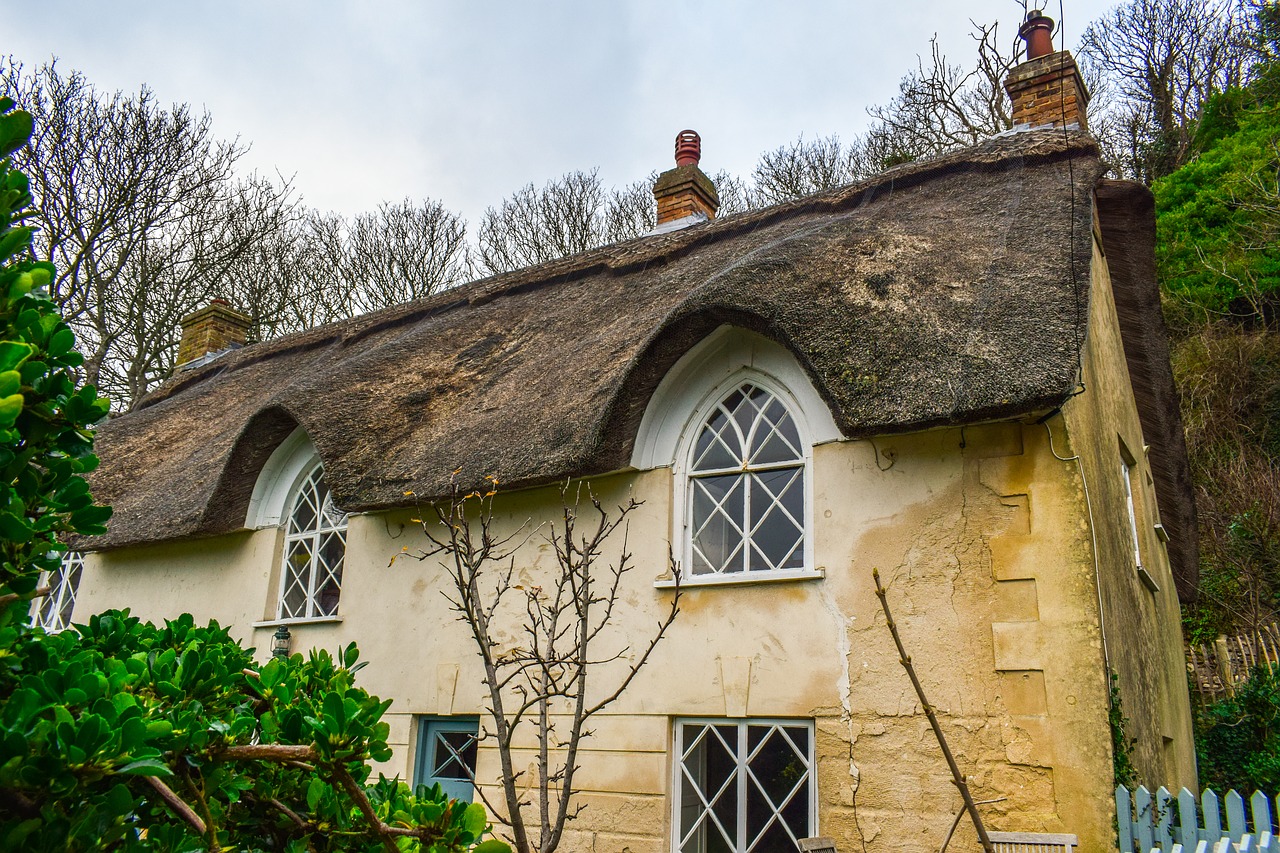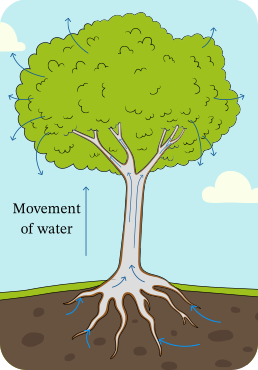rising damp in period properties
making homes healthy

Why Period Properties?
The Government’s Solid Floor Insulation: best practice guide states ‘Some traditional floors such as lime and stone floors may be moisture open and moisture balanced. Other floors may be moisture open and contributing to damp problems in the building’ (p.17).
Houses built before 1919, as a general rule, are special because they used ‘traditional’ materials and techniques. Lime mortar and porous bricks, together with the absence of a modern-style concrete slab foundations means that these buildings function differently to modern houses. They are also built with solid walls making them harder to heat and regulate warmth.
This all means that period properties, no matter how grand or modest, must be treated with care with the use of materials when making repairs or alterations. Unfortunately, decades of ‘home improvemants’ with the wrong materials, combined with poor external groundworks have had disastrous consequences on these homes, leaving them damp, cold, hard to heat and possibly dangerous to the health of the occupants due to the build up of mould on the walls.

Capillary Action & Capillary break
Capillary action is the process by which a liquid flows up, in a narrow space, against gravity. (The way plants draw water up their stems is an example of capillary action.) A building can draw water in a similar fashion. Modern buildings have solid concrete slab foundations and Damp Proof Membranes (DPM) which prevents this from happening so modern buildings generally don’t suffer from damp through capillary action.
However, period properties do not have DPM, or the thin layer of bitumen may have been compromised through land movement or degradaed over time. These fundamental differences in construction techniques means that period properties, from the ancient and listed monuments of the UK down to the humble terraced house, must be treated with equal care and attention. Unfortunately, over the decades, the humble ‘workers cottage’ has been neglected and the lack of attention to the materials used in making alterations has quite often lead to the early deterioration of much of the housing stock.
BreTrust (2020), suggests that over 20% (4.7 million) of UK housing stock was built before 1919, which means a fifth of all UK housing could be suffering from damp and cold. Using the right materials and restoring the internal solid floors can drastically improve the efficiency of these homes, making them more comfortable and easier to heat and becoming more energy efficient.
We all have a responsibility to ensure our homes are energy efficient.

Thermally efficient buildings & Thermal mass: Keep your home dry.
In order for a building to be thermally efficient, it must have thermal mass. Thermal mass is when a building is able to store heat in the walls and floor, from the sun or from internal heating systems, to regulate the temperature for a more evenly heated home. Good loft and wall (cavity, internal, external) insulation is an important part of this process.
However, an old house that has wet or damp walls can never store that heat as the heat is being used to dry the moisture and this is why old houses are usually cold, even when the heating is on. Condensation is related to this issues as the water in the walls changes state from a liquid to a gas (condensation) and this is often why windows steam up when the house gets warm. The negative and possibly dangerous result of this can be black mould growing on the walls, window frames and other hard surfaces that become damp from the condensation or the rising damp.
By reducing or completely removing the water content from the walls and floors will give you a warmer and healthier home. Check your solid floors and ensure they’re not sealed with asphalt or even vinyl flooring.
Contact us if you have any questions or want some advice. We want to help you achieve a dry and warm home. Remember, a dry home is a warm home.